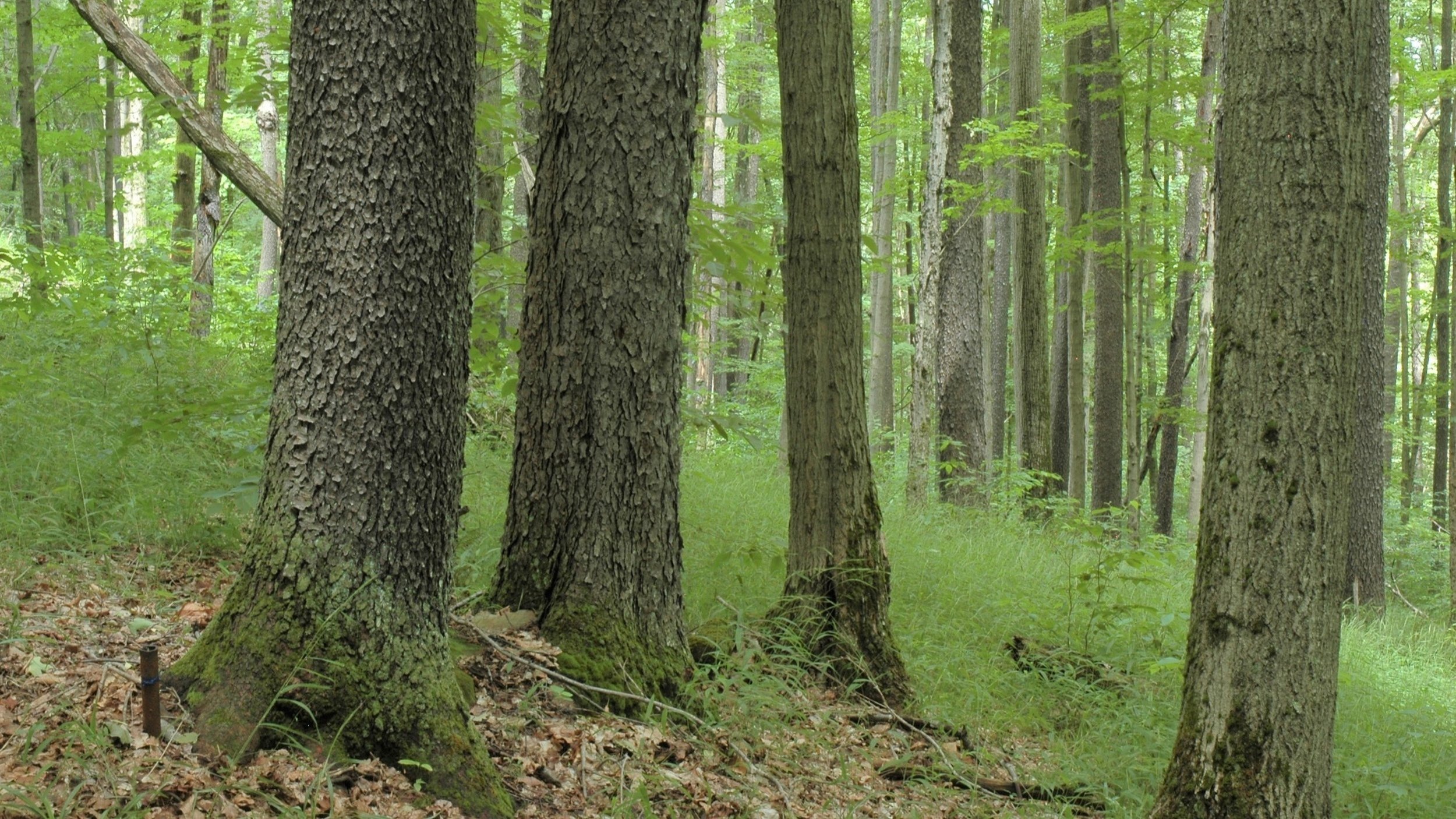
Climate Adaptive Forestry
Planting tomorrow’s forests, today
As climate change accelerates, forests face a stark choice: migrate, adapt, or degrade. These shifts jeopardize ecosystem functions and the vital services forests provide. In response, I co-founded the international DREAM (Desired Regeneration through Assisted Migration) network and serve as co-PI of the Ohio Hills Adaptive Silviculture Experiment.
DREAM tests how harvesting, competition, and browsing shape the success of climate-adapted seedlings. In less than a decade, it has grown into a leading international collaboration of ~30 scientists advancing adaptive forestry in the U.S. and Canada.
The Ohio Hills Adaptive Silviculture Experiment is a new site within the Adaptive Silviculture for Climate Change (ASCC) network, focused on mixed-oak forests. This experiment evaluates four silvicultural strategies—control, resistance, resilience, and transition (assisted migration)—to assess their success in building climate-ready forests.
Aerial view of one block of the DREAM experiment at Lac des Amanites, Quebec (above). Climatically compatible seedlings being planted in the DREAM experiment at Great Divide, Wisconsin (below)
Patch harvesting (i.e., gaps) treatment at the Ohio Hills experiment (above). Soil seedbank sampling to evaluate this ‘hidden reservoir’ of plant diversity resident at the Ohio Hills experiment (below)
Representative publications:
Royo, A. A., Raymond, P., Kern, C. C., Adams, B. T., Bronson, D., Champagne, E., Dumais, D., Gustafson, E., Marquardt, P. E., McGraw, A. M., Miesel, J. R., Munson, A. D., Périé, C., Tavares-Moreira, F. J., Ola, A., Bouchard, M., & Bissonnette, J. F. (2023). Desired REgeneration through Assisted Migration (DREAM): Implementing a research framework for climate-adaptive silviculture. Forest Ecology and Management, 546, 121298. PDF
Adams, B. T., Royo, A. A., Kern, C. C., Bronson, D. R., Matthews, S. N., Gougherty, A. V., Prasad, A. M., Iverson, L. R., Rehm, E. M., Raymond, P., Périé, C., Miesel, J. R., & McGraw, A. M. (2024). Identifying climatically-compatible seedlots for the eastern US: Building the predictive tools and knowledge to enable forest assisted migration. Frontiers in Forests and Global Change, 7. PDF
Bower, A. D., Frerker, K. L., Pike, C. C., Labonte, N. R., Palik, B. J., Royo, A. A., Anderson, S. M., Ferreira, A. R., & Brandt, L. A. (2024). A practical framework for applied forestry assisted migration. Frontiers in Forests and Global Change, 7. PDF
Refsland, T. K., Adams, B., Bronson, D., Kern, C. C., Marquardt, P., McGraw, A. M., Royo, A. A., & Miesel, J. R. (2023). Trait-mediated effects of plant-soil feedbacks on the growth of eastern North American trees: Implications for climate-adaptive forestry. Frontiers in Ecology and Evolution, 11. PDF
Champagne, E., Raymond, P., Royo, A. A., Speed, J. D. M., Tremblay, J. P., & Côté, S. D. (2021). A review of ungulate impacts on the success of climate-adapted forest management strategies. Current Forestry Reports, 7, 305–320. PDF
Champagne, E., Royo, A. A., Tremblay, J. P., & Raymond, P. (2021). Tree assisted migration in a browsed landscape: Can we predict susceptibility to herbivores? Forest Ecology and Management, 498, 119576. PDF


